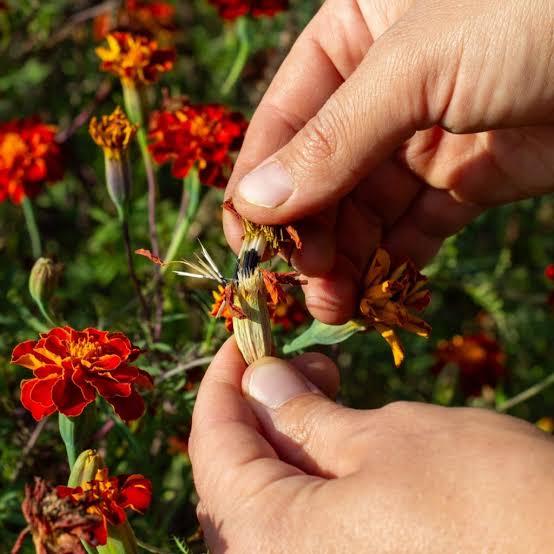Few flowers bring as much cheer to a garden as marigolds. With their bright orange, yellow, and red blooms, these low-maintenance plants add instant vibrancy to flower beds, pots, and borders. But did you know you can grow them easily from seed—saving money and giving you more plants than buying seedlings? In this guide, we’ll explore unbelievable how to plant marigold seeds tips that make growing them at home simple, fun, and incredibly rewarding.Whether you’re a beginner gardener in the United States, United Kingdom, or Canada, this step-by-step guide will help you get a flourishing patch of marigolds in no time.Why Choose Marigolds? 🌼Before we dive into the “how,” let’s look at why marigolds are a must-try plant:Beginner-Friendly – They sprout quickly and don’t require complicated care.Pest-Repelling – Known for deterring harmful insects in vegetable gardens.Long Blooming Season – Flowering from spring through fall.Versatile Uses – Perfect for borders, pots, window boxes, or vegetable patches.Step-by-Step: Unbelievable How to Plant Marigold SeedsStep 1: Choose Your SeedsThere are two main types:African Marigolds (Tagetes erecta): Tall, with large blooms.French Marigolds (Tagetes patula): Compact, bushier plants with smaller flowers.Choose the variety based on your garden size and aesthetic.Step 2: Prepare Your SoilMarigolds thrive in well-draining soil with moderate fertility.Mix in compost to give seedlings a healthy start.Avoid soil that stays soggy, as marigolds dislike “wet feet.”Step 3: Plant the SeedsYou can start marigold seeds either indoors or directly outdoors:Indoors (4–6 weeks before last frost):Fill seed trays with seed-starting mix.Sow seeds ¼ inch deep.Keep soil moist but not waterlogged.Outdoors (after frost danger passes):Rake soil in a sunny spot.Scatter seeds and lightly cover with soil.Water gently.Seeds usually sprout within 5–7 days!Step 4: Provide the Right CareSunlight: Marigolds love full sun (at least 6 hours daily).Watering: Moderate—water deeply but infrequently.Thinning: If seedlings grow too close together, thin them to 8–12 inches apart (depending on variety).Step 5: Enjoy the Blooms 🌼✨In just 6–8 weeks, you’ll enjoy the first stunning flowers. Deadhead (remove spent blooms) regularly to encourage more blossoms throughout the season.Practical Tips for Success 🌱Companion Planting: Plant marigolds near tomatoes, peppers, or beans to repel pests naturally.Continuous Color: Sow seeds every 2–3 weeks for nonstop blooms.Container-Friendly: Marigolds thrive in pots—just make sure they have drainage holes.Save Seeds: At the end of the season, dry flower heads to collect seeds for next year.Fun Uses for Marigolds 🌼Decorative Bouquets – Brighten up your home with fresh-cut marigolds.Edible Garnish – Some marigold petals are edible and can be used in salads.Cultural Celebrations – Widely used in weddings, festivals, and Day of the Dead altars.ConclusionThere you have it—the unbelievable how to plant marigold seeds guide! From choosing your seeds to watching your garden burst into color, marigolds are one of the easiest and most rewarding flowers to grow.Whether you’re adding them to your vegetable patch for pest control or planting them for their beauty, marigolds will brighten your space all season long. 🌼✨So grab a packet of seeds, follow these simple steps, and watch your garden transform into a sea of sunshine!

